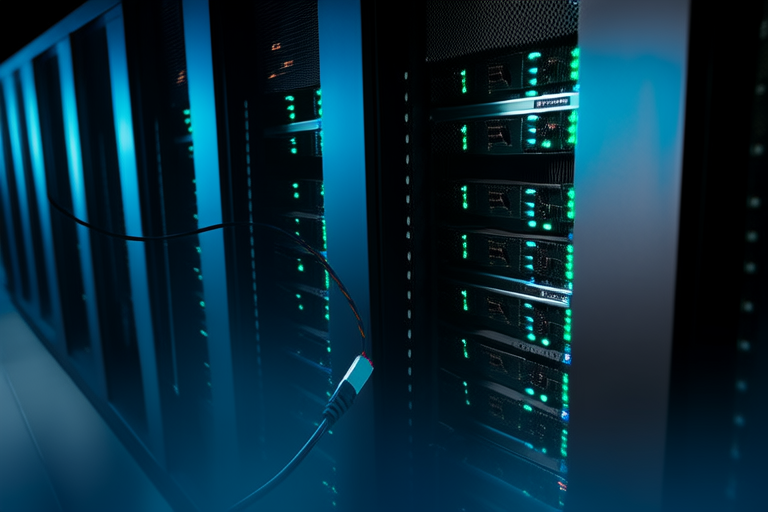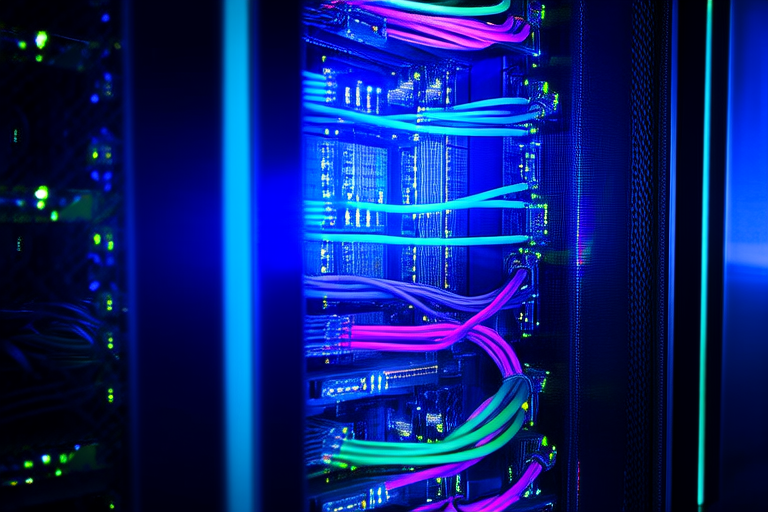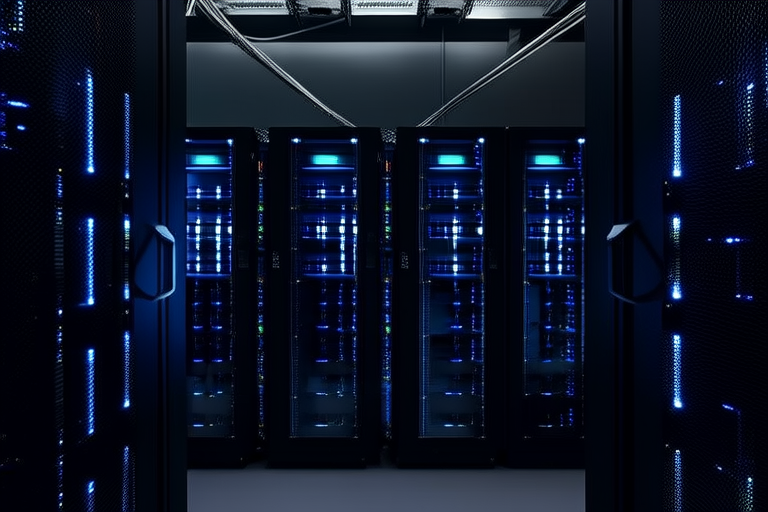“`html
The Synergy Between Cloud Computing and Edge Computing in IoT
Introduction
Cloud computing, edge computing, and the Internet of Things (IoT) are three pivotal technologies shaping the modern digital landscape. Cloud computing refers to the delivery of computing services over the internet, allowing users to store, process, and analyze vast amounts of data without the need for local infrastructure. Edge computing, on the other hand, involves processing data at the edge of the network, closer to where data is generated, thereby reducing latency and improving response times.
The integration of cloud and edge computing within IoT systems is increasingly critical for addressing the growing demands of connected devices. As IoT applications expand into areas like smart cities, healthcare, and industrial automation, the need for efficient, reliable, and secure data processing becomes paramount. This article explores the synergy between cloud computing and edge computing in IoT, highlighting their roles, benefits, and challenges.
Understanding Cloud Computing in IoT
Definition and Role of Cloud Computing in IoT
Cloud computing plays a vital role in IoT by providing scalable and flexible resources for data storage, processing, and analysis. It allows IoT devices to offload complex computations to remote servers, ensuring that the devices themselves remain lightweight and energy-efficient. This capability is particularly useful in scenarios where IoT devices generate large volumes of data that require sophisticated algorithms for analysis.
One of the primary advantages of cloud computing in IoT is its ability to handle massive amounts of data. Cloud platforms offer robust storage solutions, enabling seamless backups and retrieval of information. Additionally, cloud-based analytics tools can provide valuable insights from this data, facilitating informed decision-making. However, relying solely on cloud computing can introduce latency issues, especially in time-sensitive applications, and may also pose challenges related to data privacy and security.
Understanding Edge Computing in IoT
Definition and Role of Edge Computing in IoT
Edge computing involves processing data at the edge of the network, typically near the IoT devices that generate it. This approach minimizes latency by reducing the need to send all data to centralized cloud servers for processing. Edge computing is particularly beneficial in environments where real-time processing is essential, such as autonomous vehicles, smart grids, and industrial control systems.
By processing data locally, edge computing also helps reduce bandwidth usage, which can be a significant advantage in scenarios where network connectivity is limited or expensive. Furthermore, edge computing enhances the resilience of IoT systems by distributing processing tasks across multiple nodes, thus mitigating single points of failure.
The Synergy Between Cloud and Edge Computing
Complementary Roles in IoT
The true power of cloud and edge computing lies in their complementary roles. While cloud computing excels in handling large-scale data processing and storage, edge computing excels in real-time processing and local decision-making. Together, they form a powerful hybrid architecture that leverages the strengths of both approaches.
For example, in a smart city application, edge computing can be used to process traffic data in real-time, optimizing traffic flow and reducing congestion. Simultaneously, cloud computing can be employed to analyze historical traffic patterns, identifying trends and predicting future bottlenecks. This combination ensures both immediate and long-term improvements in urban mobility.
Examples of Synergy in IoT Applications
In healthcare, wearable devices equipped with edge computing capabilities can monitor patient vitals in real-time, alerting medical professionals to any anomalies. Cloud computing can then be used to store and analyze this data over time, providing insights into patient health trends and aiding in personalized treatment plans.
In industrial automation, edge computing can enable predictive maintenance by analyzing sensor data from machinery on-site. Cloud computing can then be used to aggregate data from multiple sites, facilitating cross-facility comparisons and optimizing maintenance schedules.
Hybrid Architectures
Hybrid architectures that integrate cloud and edge computing offer optimal results by balancing the workload between local and centralized resources. These architectures ensure that time-sensitive tasks are handled at the edge while more complex analyses are performed in the cloud. Such designs are particularly effective in environments with fluctuating network conditions or where data privacy concerns are paramount.
Challenges and Considerations
Potential Challenges
Integrating cloud and edge computing in IoT comes with several challenges. One of the primary concerns is ensuring seamless communication between edge devices and cloud servers. This requires robust networking protocols and efficient data transfer mechanisms to maintain low-latency interactions.
Data privacy and security are also significant considerations. With sensitive information being processed at the edge and transmitted to the cloud, it is crucial to implement strong encryption and access controls to protect against unauthorized access and breaches.
Cost Management
Another challenge is managing costs associated with deploying and maintaining both edge and cloud infrastructures. Organizations must carefully balance the investment in edge devices and cloud resources to achieve the desired performance and cost-effectiveness.
Strategies to Address Challenges
To address these challenges, organizations can adopt standardized protocols for data exchange between edge and cloud systems. Investing in advanced encryption techniques and regular security audits can help safeguard data privacy and integrity. Additionally, leveraging cloud service providers that offer managed edge solutions can simplify deployment and reduce operational expenses.
Conclusion
The synergy between cloud computing and edge computing is essential for the continued advancement of IoT. By combining the scalability and flexibility of cloud computing with the real-time processing capabilities of edge computing, organizations can build more efficient, reliable, and secure IoT systems. As IoT applications continue to evolve, the integration of cloud and edge computing will play a pivotal role in driving innovation and delivering value to users.
The future direction of this synergy holds great promise, with ongoing advancements in technology expected to further enhance the capabilities of both cloud and edge computing. By embracing this collaboration, businesses and industries can unlock new opportunities and stay ahead in the rapidly evolving tech landscape.
“`




